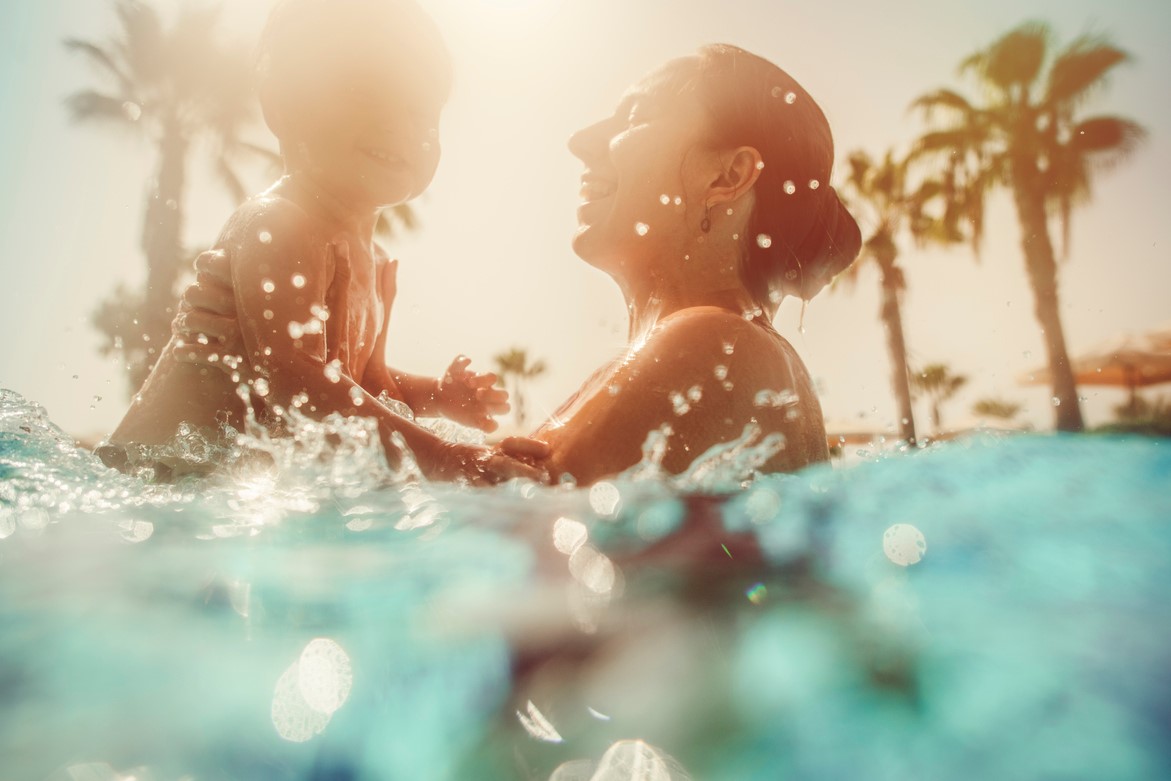
Earache after swimming? Could be 'swimming pool' otitis
Pool” otitis: “is a skin inflammation of bacterial origin of the ear canal, usually lasting less than 3 weeks”
Paola Marchisio, director of the Uosd Pediatrics High Intensity Care Unit at Fondazione IRCCS Ca’ Granda, explains.
It is called otitis externa but is better known as ‘swimming pool’ otitis
“It is a skin inflammation of bacterial origin of the ear canal that can affect both adults and children, with a maximum incidence between 5 and 14 years of age,” explains Paola Marchisio, director of the Uosd Pediatrics High Intensity Care Unit of the Fondazione IRCCS Ca’ Granda, Ospedale Maggiore Policlinico di Milano and associate professor at the University of Milan.
CHILD HEALTH: LEARN MORE ABOUT MEDICHILD BY VISITING THE BOOTH AT EMERGENCY EXPO
In spite of its name, however, this otitis can strike as often in the swimming pool as at the beach
“The infection is due to the fact that the water in which you bathe is contaminated by some bacteria, in particular there are two main culprits: Pseudomonas aeruginosa and Staphylococcus aureus – continues Marchisio – the first can proliferate in swimming pools that are not adequately cleaned and disinfected, the second also lives in sea water’.
This otitis ‘presents itself with intense pain arising within 48 hours of contact with the bacteria, swelling of the external ear canal, itching, and a sensation of a closed ear,’ the expert points out.
And pain is precisely the criterion for distinguishing otitis externa from otitis media, which is usually caused by a respiratory infection.
SWIMMING POOL OTITIS: DIFFERENT INFLAMMATION FROM OTITIS MEDIA
“In otitis externa one feels a very strong pain even if one only touches the auricle, so much so that one cannot even lay one’s head on the pillow to sleep,’ Marchisio explains.
‘Especially in young children, pus-filled blisters can form in the auricular canal, which then rupture and release secretions.
The pain is directly proportional to the amount of pus that comes out.
In otitis media, on the other hand, the pain occurs when the phlegm presses on the eardrum and passes as the secretions escape.
The inflammation usually lasts less than three weeks and is treated with antibiotic ear drops.
“Antibiotic by mouth, on the other hand, is not effective for otitis externa,” Marchisio points out, “it can only be used if there is also inflammation of the middle ear.
The good news is that preventive action can be taken.
“It is good practice, after swimming in the sea or in the pool, to rinse the ears with clean water and then dry them with a lukewarm hairdryer,’ suggests the expert. ‘For those who have already had this type of inflammation, it is advisable to use a boric water product at the end of the day, which creates an unfavourable environment for bacteria.
The earplugs, on the other hand, I don’t recommend them,’ Marchisio concludes, ‘because to prevent infection they should be completely hermetic, they should then be disinfected fairly frequently, and the silicone ones, in the smallest ones, can end up in the ear canal, making them difficult to extract.
Read Also:
Emergency Live Even More…Live: Download The New Free App Of Your Newspaper For IOS And Android
Tinnitus: What It Is, What Diseases It Can Be Associated With And What Are The Remedies
Barotrauma Of The Ear And Nose: What It Is And How To Diagnose It
How To Remove Something From Your Ear
What To Do In Case Of Earache? Here Are The Essential Check-Ups
Perforated Eardrum: What Are The Symptoms Of A Tympanic Perforation?


